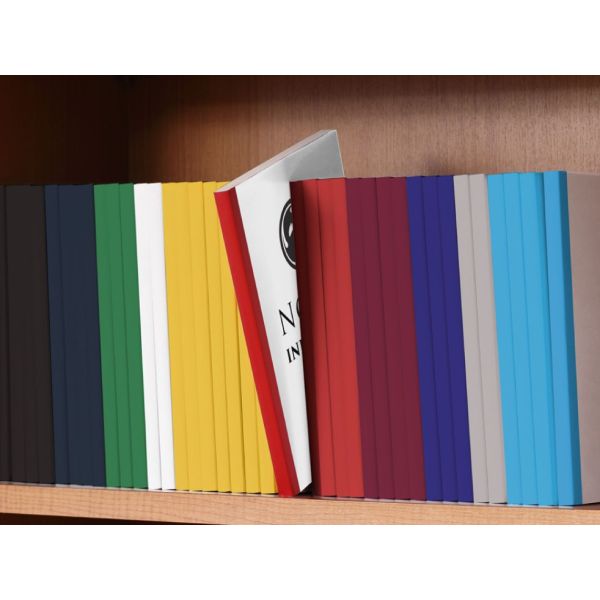7 février 2022 14 view(s)
If you’ve ever wondered what copier tabs are, you’re reading the right article. These FAQs will answer your questions such as what they’re used for, how to use them, and what kinds of copier tabs are available for your copier. So read on and get ready to learn everything you ever wanted to know about index tabs that you use with your photocopier!
What are copier tabs? What can they be used for?
They are blank index tabs that can be used in copiers and laser printers. They’re great for customization, so you can print your very own tabs that say exactly what you want them to. The uses of these tabs are endless. You can use them in your proposals, directories, training booklets, marketing materials, and so on. Any long document that needs to be broken up into sections can benefit from copier tabs. You could even create customized subject tabs for your kid’s school binder.What copiers can I use these tabs with?
Just about all the major office machine manufacturers make machines that are compatible with the tabs, including ones from Xerox, Canon, Ricoh, and IBM. More and more machines are becoming tab-friendly, but if you want to be absolutely certain, you can always contact your sales rep to double-check.What types of things should I look for when comparing copier tabs?
You have many choices when it comes to selecting which tabs to use for your project. However, not all tabs are created equal. Here are some things that you should really look for when buying copier tabs for use in your organization.- Consider your binding method. Copier-tabs are available with three holes (for three-ring binders), or no holes for other binding methods.
- Consider whether you want Mylar coated tabs and reinforced edges. These two options can add quite a bit to the cost of index tabs. However, they can make a huge difference in durability. Especially if your tabs are going to be used inside frequently referenced documents. It’s important to also know that Trilar is the brand name of Holmberg’s specialty mylar which reduces jams on your copier.
- Check the ink on your copier. A lot of copiers are using more environmentally friendly inks which could result in copier tabs with Mylar becoming blurry. If that’s the case, switch over to Gen2 copier tabs which eliminated blurriness and smudging of ink.
What kind of copier tabs are available?
When ordering copier tabs it really comes down to understanding the features that they have. Here is a quick overview of the different features that you will commonly find in copier tabs.- Paper Stock: The two most common choices for copier tabs are 90lb and 110lb index stock. Usually, the paper is white. However, it is possible to custom order copier tabs in other colours.
- Tab Coating: These tabs usually have either a plain paper tab or a toner-receptive Mylar coating (such as Trilar or Gen2). The Mylar coating is usually clear but can be specially ordered in colours if necessary.
- Edge Style: Copier compatible tabs are available with or without reinforced edges. They can also be purchased pre-punched for use with ring binders or standard binding styles.
- Collation: Depending on your copier you may need your tabs to be collated in a specific order. The most common collating style is straight collated. However, tabs are also available reverse-collated, double-reverse collated and uncollated. Check your copier’s user manual to determine what style you require.
- Cut: The last decision you have to make will be, “How many tabs per bank?” The most common cut has 5 tabs per bank. However, copier tabs are available in a variety of cuts. For example, Southwest stocks, 5th, 8th, 10th, and 15th cut




